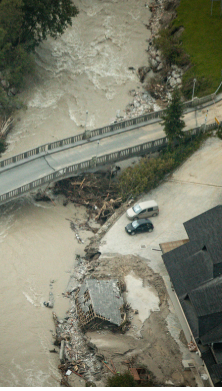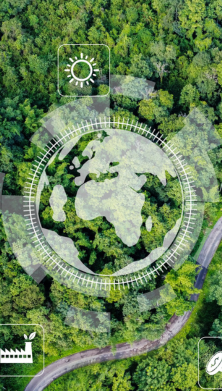1. How has the reinsurance industry been impacted by Covid-19?

Biography - Hyeji Kang
2. What do you think is the biggest challenge for the catastrophe risk modeling industry?
3. How can the insurance industry better face the challenges you mention throughout 2021 and beyond?
Speaking of human factors, another modeling challenge for the industry is to understand the impacts of climate change. Not only are the impact of the weather and rising sea levels hard to predict, but there’s also the human behavioral change – such as urbanization causing a greater potential for flood damage and growing abstraction of fresh water from rivers and groundwater resulting in increased risks from drought, for example. The industry is only beginning to learn how to encompass all these factors into a perfect model, but because climate change happens gradually the accuracy of a prediction for any given year is more difficult to rely on. I think what insurers can do amid the uncertainty is to actively focus on working with customers on preventative measures and steering our portfolio composition with these numerous not-yet-well-quantified risks in mind. Our risk consulting is well positioned to help in this sense.
Speaking of human factors, another modeling challenge for the industry is to understand the impacts of climate change. Not only are the impact of the weather and rising sea levels hard to predict, but there’s also the human behavioral change – such as urbanization causing a greater potential for flood damage and growing abstraction of fresh water from rivers and groundwater resulting in increased risks from drought, for example. The industry is only beginning to learn how to encompass all these factors into a perfect model, but because climate change happens gradually the accuracy of a prediction for any given year is more difficult to rely on. I think what insurers can do amid the uncertainty is to actively focus on working with customers on preventative measures and steering our portfolio composition with these numerous not-yet-well-quantified risks in mind. Our risk consulting is well positioned to help in this sense.
















